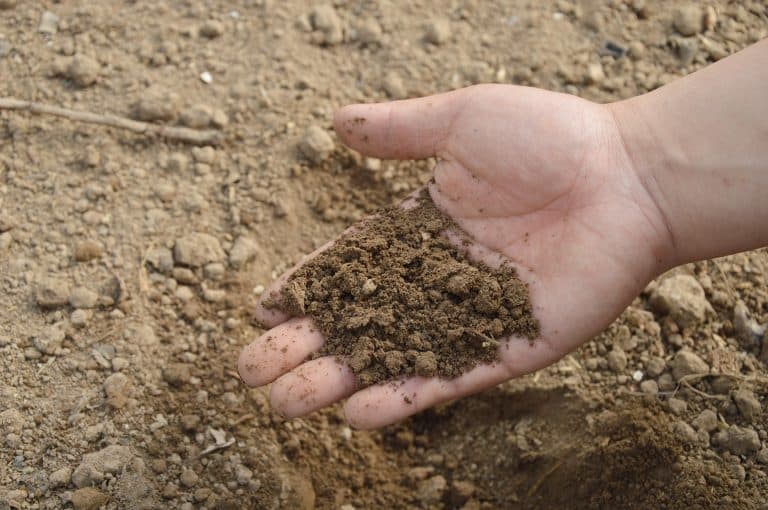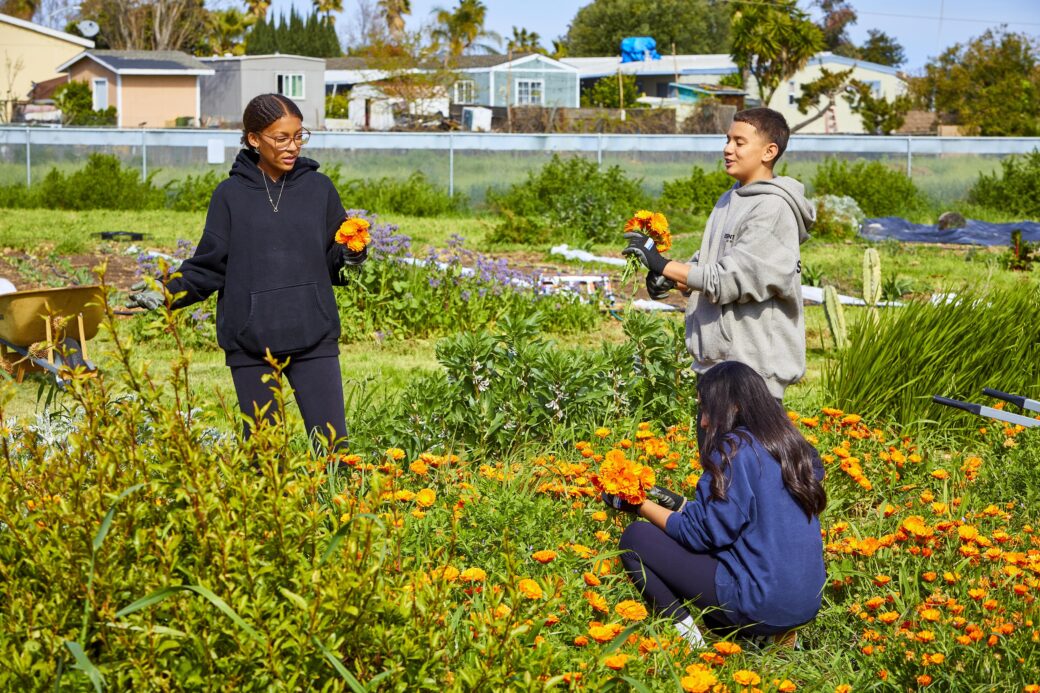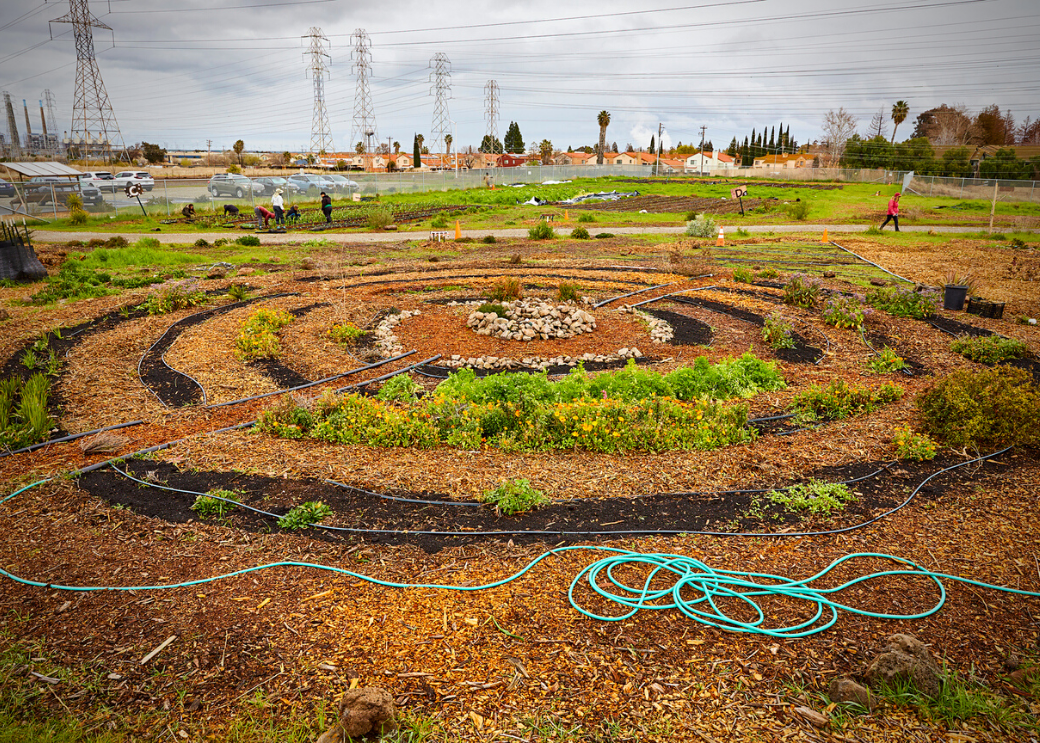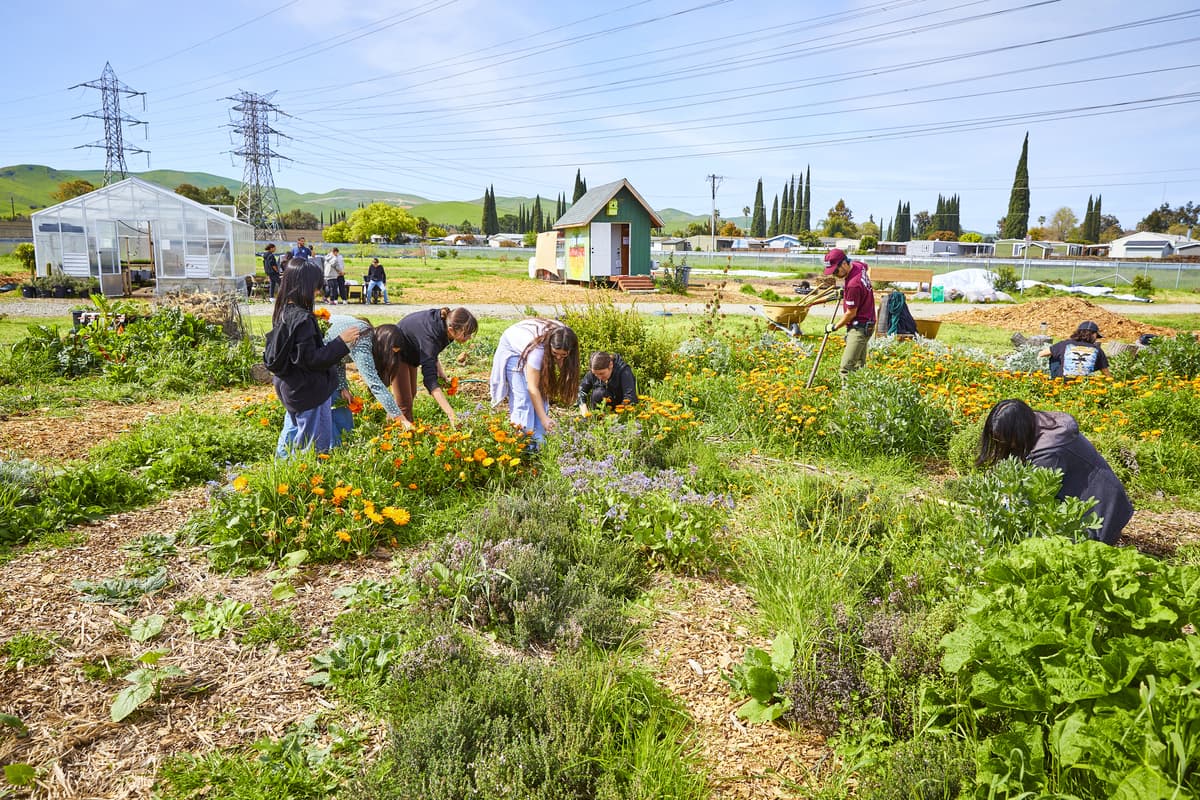Soil Survey Says...
Regenerative Farming Really Works
Middle school students from Antioch Charter Academy conducted a study comparing soil samples from Family Harvest Farm with those found at their school. The results are striking.
On any given day, Family Harvest Farm is bustling with activity. Apprentices might be planting beds of radish, beets, kohlrabi, and mizuna, destined for the local community and school district. A workshop in the pole barn might be teaching regenerative farming techniques. Recently, students from Antioch Charter Academy's Middle School have been conducting a hands-on research project.
The students are learning that while it might just look like dirt, soil is actually a living ecosystem that supports everything we eat, breathe, and build. By comparing soil samples, the students gathered data to assess how regenerative farming practices influence biodiversity and soil quality.

📍 Site Selection
Test Site: Family Harvest Farm's moist, vegetated pollinator garden with 5+ years of regenerative practices
Control Site: Dry, sparsely vegetated field behind Antioch Charter Academy
📏 Sample Size
Two carefully measured 3x3 foot plots to ensure consistent data collection and eliminate variables
🔍 Data Collection
Biodiversity: Complete invertebrate counts per standardized search
Soil Health: Moisture level measurements using calibrated instruments
Chemistry: pH testing at multiple points
The Results: Regenerative Agriculture Wins


Family Harvest Farm
(Regenerative)
Invertebrates per search
Diverse ecosystem including beneficial insects, worms, and soil organisms
Soil moisture levels
Excellent water retention supporting plant and microbial life
Traditional Agriculture
(Control Site)
Invertebrates per search
Mostly ants, indicating depleted ecosystem
Soil moisture levels
Poor water retention, stressed growing conditions
Meet the Student Researchers
These dedicated students collected data, analyzed results, and drew conclusions about sustainable agriculture:



Team Alpha
Ricardo, Caden, Xochitl, and Omar
Team Beta
Brianna, Karteese, and Maya
Team Gamma
Meleah, Rudy, and Elizabeth
What Makes Regenerative Agriculture Work
Regenerative agriculture considers the interconnectedness of all elements in the farming system - soil, water, plants, animals, and humans. It is a method of farming that improves the resources it uses, rather than destroying or depleting them.


No-Till Cultivation
Preserves soil structure, maintains fungal networks, and protects beneficial organisms from disruption
Mulch & Cover Crops
Retains moisture, prevents erosion, feeds soil microbes, and suppresses weeds naturally
Compost & Worm Castings
Provides slow-release nutrients, improves soil structure, and introduces beneficial microorganisms
Diverse Plantings
Supports beneficial insects, creates habitat diversity, and builds soil through varied root systems
About Family Harvest Farm

On a former vacant lot in a city neighborhood, this 3.5-acre thriving regenerative organic farm in Pittsburg, CA employs young adults with experience in foster care. Through on-the-job training in organic farming, the farm provides a healthy, nurturing environment for program participants and affordable, high-quality food for local schools and neighboring communities.


